Easter is just around the corner, and it’s time to start thinking about decorating eggs! While store-bought egg dye kits are readily available, creating your own homemade egg dye can be a fun and creative way to add a personal touch to your holiday celebrations.
Not only is making your own dye cost-effective, but it also allows you to exercise your creativity by experimenting with different colors and mixing techniques. However, achieving the desired colors without a proper color mixing chart can be difficult.
Here, we’ll show you how to make an egg dye color mixing chart recipe to help you create beautiful and vibrant Easter eggs. Our step-by-step guide will take you through the process of creating your own dye, and we’ll provide you with a comprehensive chart that will enable you to create an endless array of colors.
Whether you’re a beginner or a seasoned pro, this guide is perfect for anyone looking to create stunning Easter eggs that will make a lasting impression.
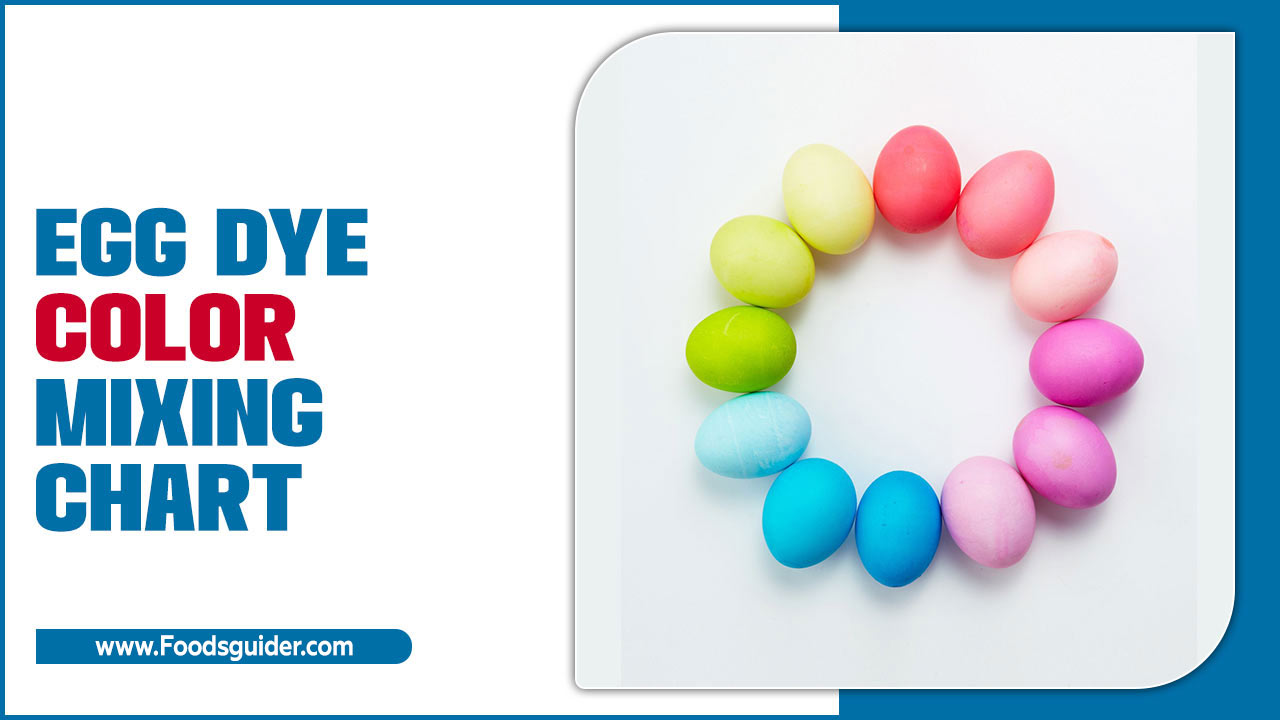
How To Make Egg Dye Color Mixing Chart Recipe – Full Discussion
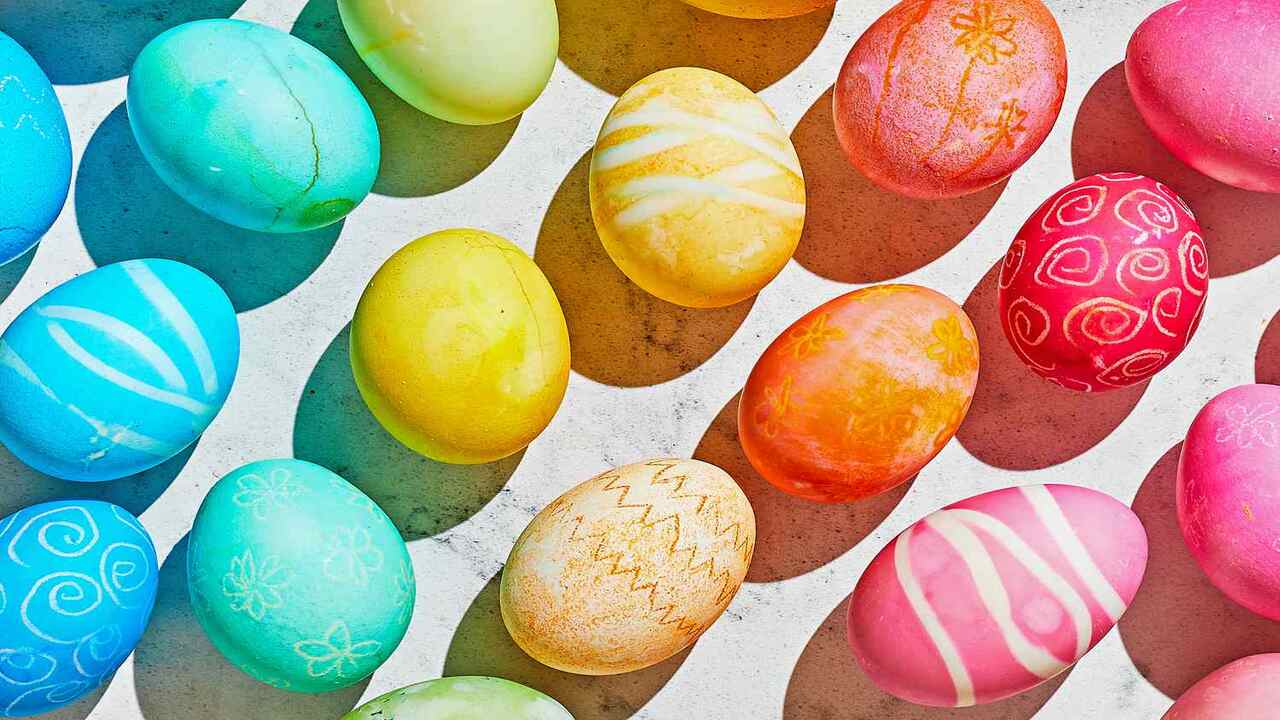
Easter is just around the corner, and it’s time to start planning for the annual tradition of dyeing Easter eggs. It’s important to have a good egg dye color mixing chart to achieve the perfect colors. This chart will show you the different colors that can be achieved by mixing primary colors such as red, blue and yellow.
It will also help you determine the amount of dye and water needed to achieve the desired shade. When creating your egg dye color mixing chart, it’s important to remember that the color of the eggshell can also affect the final color of the egg.
White eggs will produce brighter, more vibrant colors while brown eggs will produce more muted shades. Another factor to consider is the length of time the eggs are left in the dye. Leaving them in for a longer period of time will result in a darker color. Experimenting with different color combinations is part of the fun of egg dyeing.
Understanding Egg Dye Color Mixing
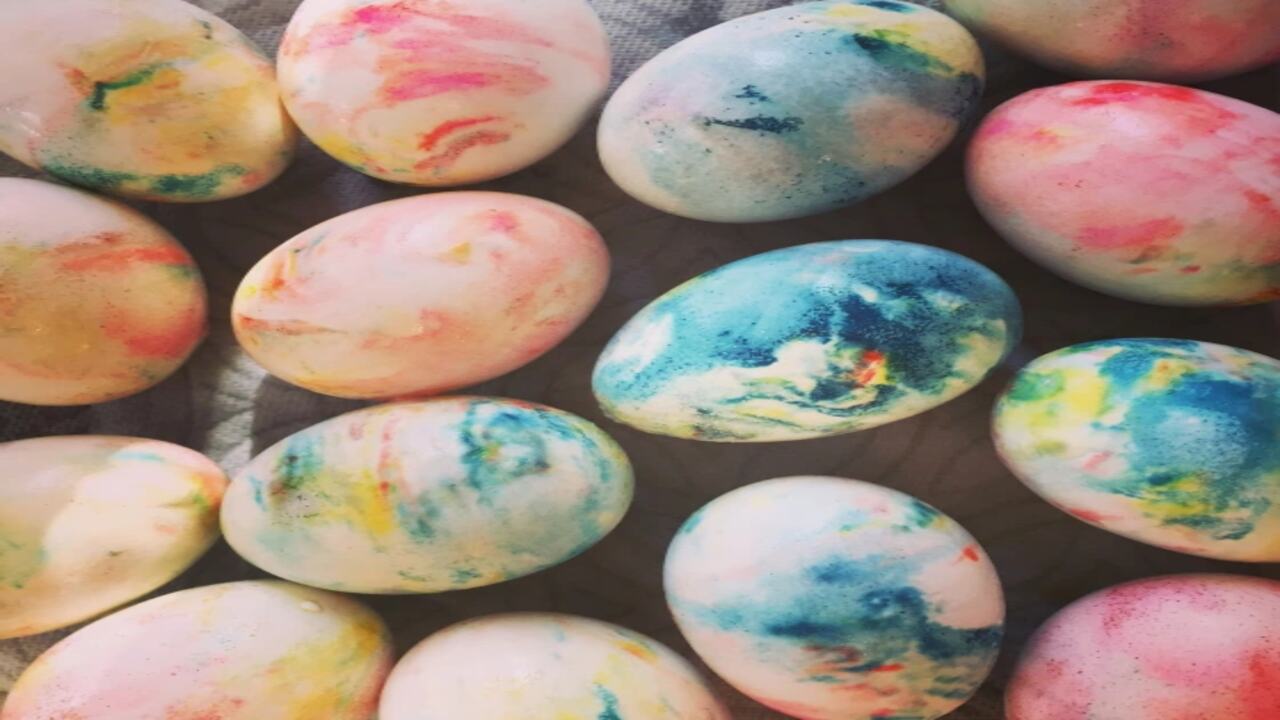
Easter is just around the corner, and with it comes the time-honored tradition of dyeing eggs. While it may seem like a simple task, achieving the perfect shade can be a challenge. That’s where an egg dye color mixing chart comes in handy.
Understanding egg dye color mixing is essential to creating a range of beautiful colors for your eggs. Before we delve into creating the chart, we must understand the basics of color mixing. Colors are typically categorized into primary, secondary, and tertiary.
1.Primary Colors
The primary colors consist of red, blue, and yellow. These colors are the foundation for all other colors, and they cannot be created by mixing other colors together.
2.Secondary Colors
Secondary colors are formed by mixing two primary colors. They include green (blue + yellow), orange (red + yellow), and purple (red + blue).
3.Tertiary Colors
Tertiary colors result from mixing a primary color with a secondary color adjacent to it on the color wheel. For instance, mixing red (primary) with orange (secondary) will create a reddish-orange tertiary color.
Creating The Egg Dye Color Mixing Chart
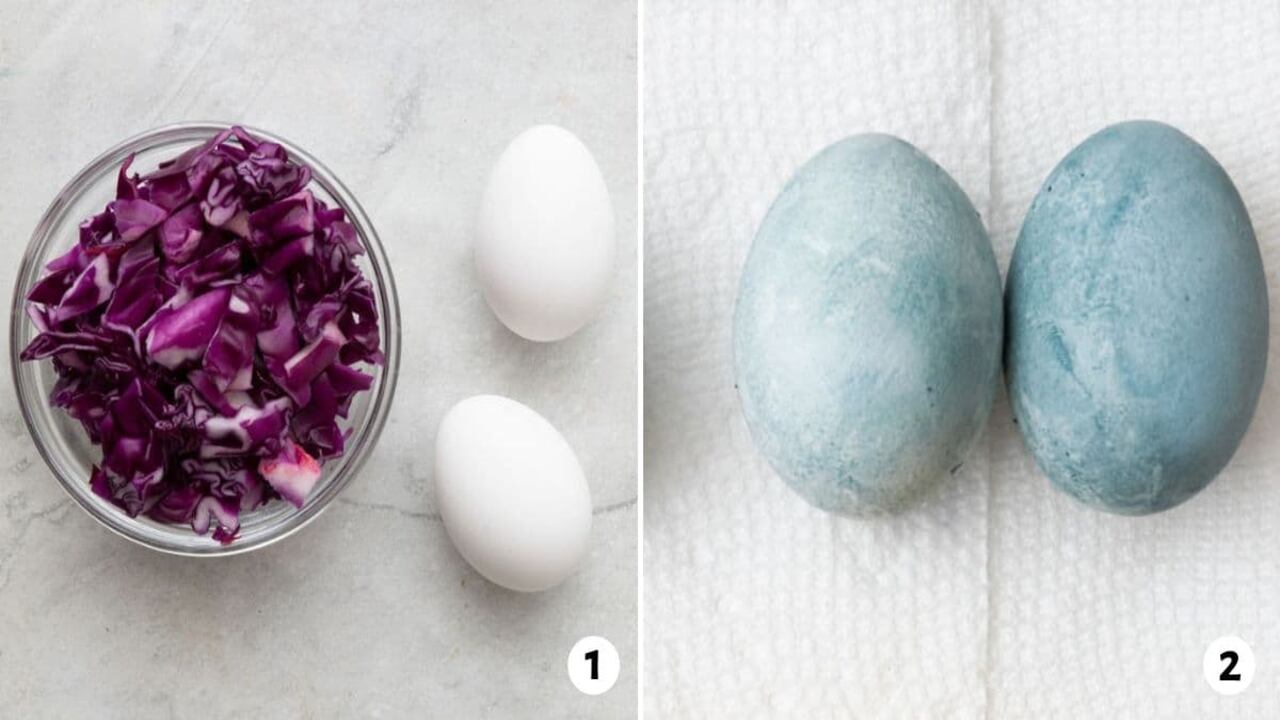
Creating the Egg Dye Color Mixing Chart can be fun and educational for children and adults. This color chart is essential for anyone who wants to create beautiful and vibrant colored eggs for Easter or any other occasion.
The Egg Dye Color Mixing Chart enables you to mix primary colors to create secondary colors and tertiary colors. Now that we have a basic understanding of color mixing let’s make the egg dye color mixing chart.
1.Choosing The Right Dye
Firstly, gather a variety of egg dye colors. You can find egg dye kits in stores or create natural dyes using beets, turmeric, spinach, and blueberries. Remember to use food-grade dyes that are safe for consumption.
2.Preparing The Dye Solutions
Follow the instructions on the dye package to prepare the dye solutions. Dissolve the dye in water and add vinegar for better adhesion to the eggshells.
3.Mixing The Primary Colors
Begin by creating the primary colors. Dip one egg into each primary dye solution – red, blue, and yellow. This will serve as the basis for the rest of your color mixing.
4.Mixing Secondary And Tertiary Colors
Now that you have the primary colors mix them to form secondary and tertiary colors. For example, dip an egg in blue and then yellow dye to create green. Experiment with different proportions to achieve the desired shade.
Tips For Achieving Vibrant Colors
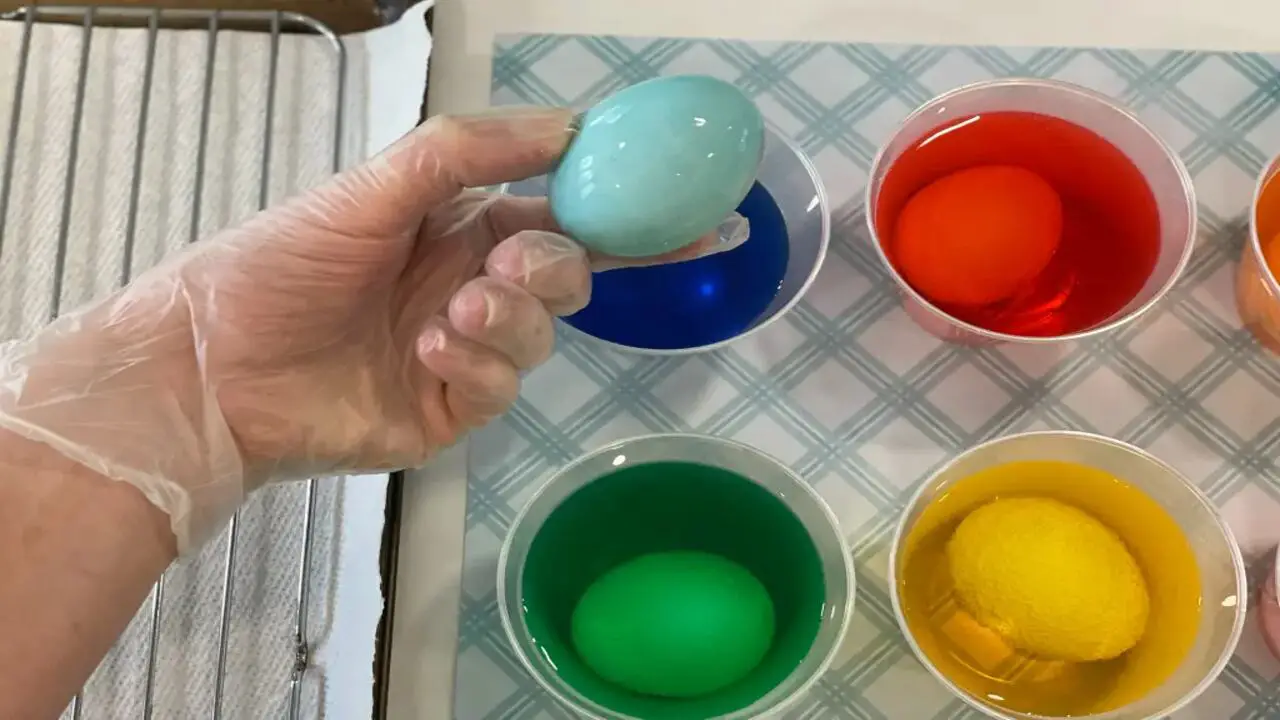
Egg dyeing is a fun and beloved Easter tradition that allows for creativity and experimentation. To achieve vibrant and eye-catching colors, following a few simple tips is important. First, use a high-quality egg dye and follow the instructions carefully.
Consider using a color mixing chart to create custom shades and hues. These charts can be found online or in craft stores and offer a helpful guide to combining primary colors to make secondary and tertiary ones. It’s also important to use white or light-colored eggs, as darker ones may not showcase the colors as vividly.
Finally, be patient and let the eggs soak in the dye for adequate time to achieve maximum saturation. With these tips, you can create a beautiful and unique set of dyed eggs, perfect for Easter decorating or gift-giving.
Dyeing Techniques For Creative Effects
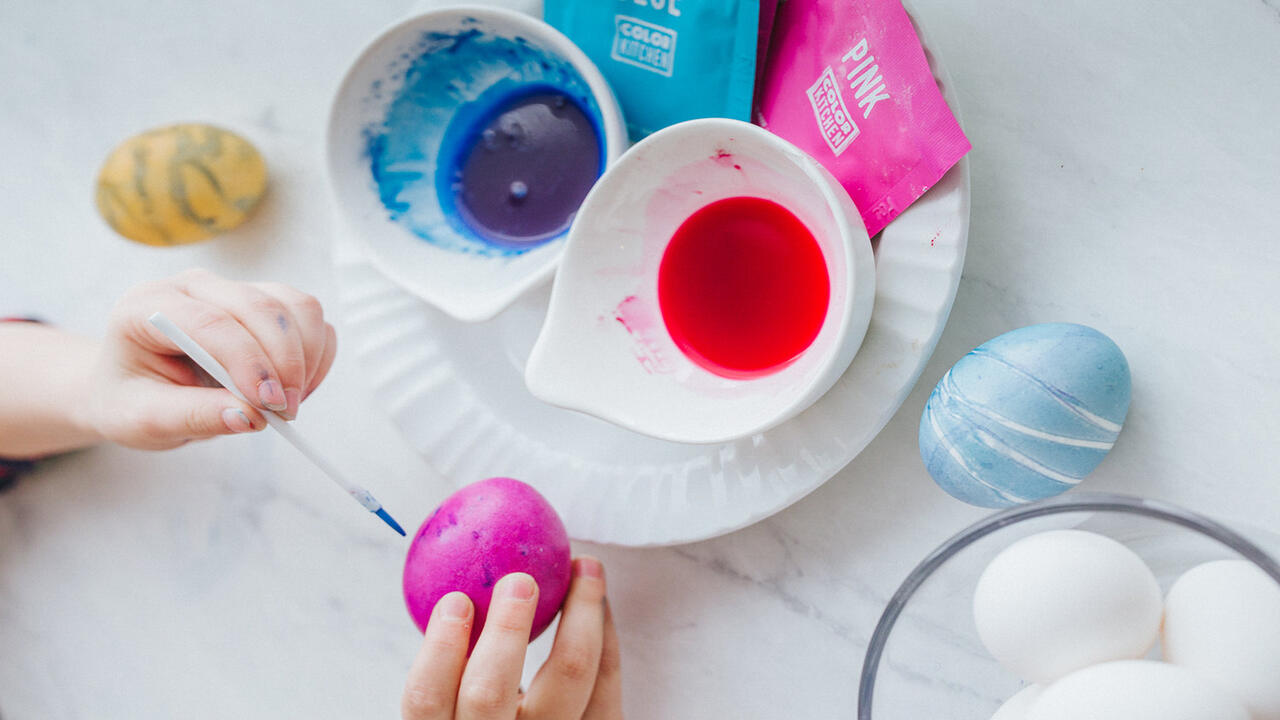
Egg dyeing is a popular activity, especially during the Easter season. To achieve colorful and creative effects, it’s important to understand dyeing techniques and how to mix dye colors. One helpful tool for this is an egg dye color mixing chart.
This chart can guide you in mixing primary colors to create secondary colors and help you achieve the specific shades you want for your eggs. Some popular dyeing techniques include using rubber bands or wax to create patterns or adding vinegar to the dye mixture to achieve a more vibrant color.
Another technique is the “tie-dye” method, where you use multiple colors and create swirls and patterns on eggshells. It’s also important to consider the type of dye you use – natural dyes like onion skins or beet juice can create beautiful, earthy tones, while store-bought dyes may be more vibrant. Regardless of the method or type of dye used, egg dyeing is a fun and creative way to celebrate the
Natural Egg Dyes
Easter is approaching fast, and it’s time to get creative with our egg decorations! If you’re using natural dyes to color your eggs, having an egg dye color mixing chart on hand can be helpful. This will allow you to experiment with different combinations of ingredients to create unique shades and hues.
Some popular natural dyes include turmeric, beets, red cabbage, and onion skins. Using a color mixing chart, you can see which ingredients will create different colors and how much of each ingredient you need.
For example, red cabbage will give you a blue or purple color, depending on the pH of your dye solution. To make a blue dye, you’ll need to add vinegar to the cabbage water. Adding baking soda will turn the solution more purple. It’s important to note that natural dyes may not be as vibrant as store-bought dyes, but they offer a beautiful, organic touch to your Easter eggs.
Safety Precautions
Easter is just around the corner, and many families will get ready to dye eggs as part of their holiday traditions. To make the process easy and fun, having an egg dye color mixing chart on hand is helpful. This chart can help you create a wide range of vibrant colors by mixing different food coloring dyes together.
However, while having fun with your egg dyeing is important, taking safety precautions is also essential. For instance, use a non-toxic, food-grade dye to protect your family from harmful chemicals. Also, consider using gloves to protect your hands from staining.
Additionally, you should always supervise young children to ensure they are not putting the dyes or eggs in their mouths, which can be a choking hazard. Finally, cleaning up any spills or drips immediately is important to prevent accidents or stains on your clothing or surfaces. You can enjoy a fun and safe Easter egg by following these safety precautions.
Conclusion
This easy recipe takes your egg decorating skills to the next level! All you need are simple ingredients and creativity to make your eggs shine. With so many color combinations to choose from, the possibilities are endless!
This recipe is foolproof and sure to impress your friends and family. So, put on your apron and get cracking! It’s time to make some beautifully decorated egg dye color mixing chart that are as delicious as they are eye-catching.
FAQ
1.What Are The Primary Colors Used In Egg Dye Color Mixing Charts?
Ans: The primary colors used in egg dye color mixing charts are typically red, blue, and yellow.
2.How Do You Create Secondary Colors Using An Egg Dye Color Mixing Chart?
Ans: You can mix two primary colors together to create secondary colors using an egg dye color mixing chart. For example, you would mix blue and red dyes together to make purple. To make orange, you would mix yellow and red dyes together. And to make green, you would mix blue and yellow dyes together.
3.Are There Any Tips Or Tricks To Ensure Consistent Color Results Using An Egg Dye Color Mixing Chart?
Ans: Yes, there are several tips and tricks to ensure consistent color results when using an egg dye color mixing chart.
- Use white eggs
- Start with lighter colors
- Use distilled water
- Follow the instructions carefully
- Use a timer
4.Can You Use Natural Dyes With An Egg Dye Color Mixing Chart, Or Is It Better To Stick To Commercial Dyes?
Ans: A natural dye can be used with an egg color mixing chart, but it may not produce the same results as commercial dyes. It may require some experimentation to achieve the desired color. However, natural dyes may have environmental and health benefits compared to commercial dyes.
5.Are There Any Safety Concerns To Remember When Using An Egg Dye Color Mixing Chart, Particularly With Young Children?
Ans: There may be some safety concerns to keep in mind when using an egg dye color mixing chart with young children. Some dyes used to color eggs may contain chemicals that can be harmful if ingested or if they come into contact with the skin or eyes.